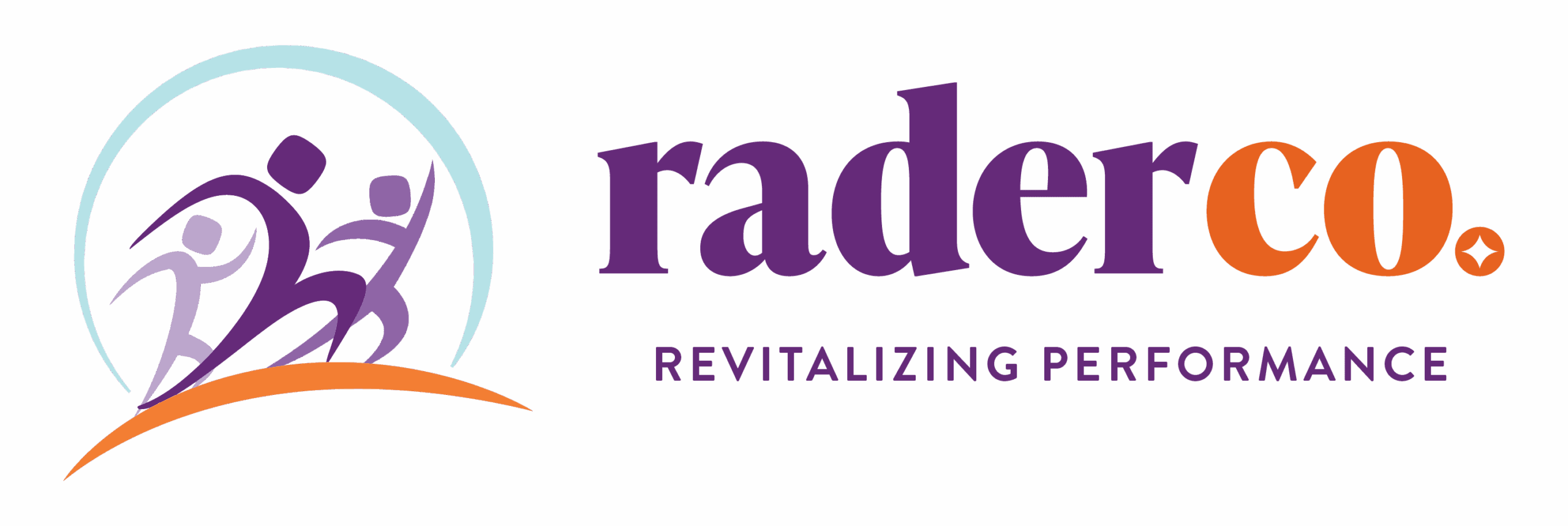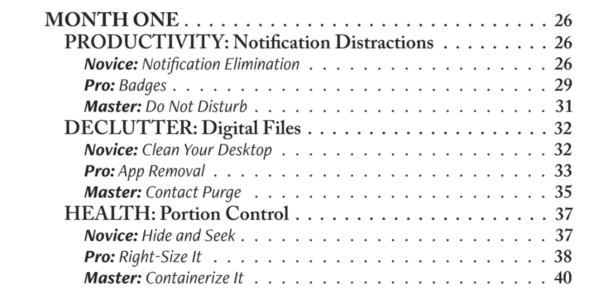Change the room, change the result. If you’re tired of ending the day wondering what you accomplished, start with the one lever you can pull today – your environment.
Attention Anchors in your environment are guardrails that keep your brain in focus mode. Environment is the first anchor because context cues cognition. The spaces, sounds, and signals around you either fuel concentration or flood it.
Lesson 1: Match the room to the task
Use the cathedral effect: higher, more open spaces can cue big-picture, relational thinking; tighter, lower-stimulus spaces support detail work. Plan creative work for high-ceiling rooms or for outdoor spaces. Do line-by-line edits in smaller, quieter spaces.
Lesson 2: Tame the easy enemies
Phones belong out of sight during focus blocks. Research shows that the mere presence of your smartphone saps cognitive capacity, even when it’s silent. Put it in a drawer or another room and turn on Do Not Disturb.
Quit email. If that’s not viable, use Work Offline in Outlook or the Inbox Pause extension in Gmail/Outlook to temporarily stop new messages. Control inputs to control attention.
Lesson 3: Design signals and rituals
Over-ear headphones, door hangers, or a BusyBox can communicate “focus mode.” The rule is scarcity. If the signal is always on, it becomes wallpaper. Pair your signal with a 90-second ritual: clear the desk, set DND with an end time, put the phone away, and write “Done looks like…” on a sticky note.
Team reality
Open offices can actually reduce face-to-face interaction and increase IM/email. Counter that with posted focus hours, bookable quiet rooms, and shared “what counts as urgent” guardrails.
Call to Action
Choose one lever for your next 50–90 minute sprint: space swap, phone out of sight, Work Offline, and a focus totem. Log the result and share it with your colleagues.
Want training on this for your entire team? Check out our Elevate Your Focus program!


